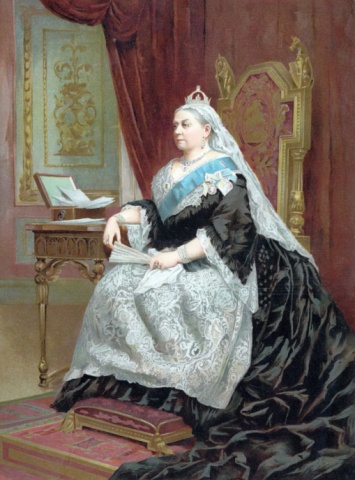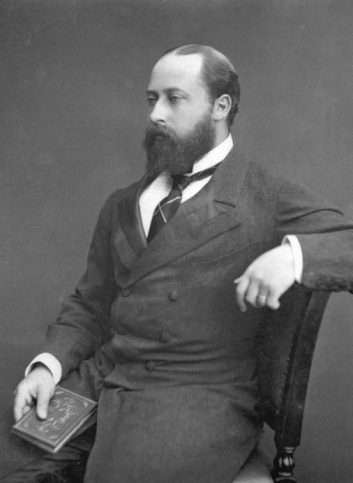This month in history: The death of Queen Victoria and accession of Edward VII
On 22 January 1901, Queen Victoria died at Osborne House on the Isle of Wight at the age of 81 years old. As part of our ‘This month in history’ series, we look at the death of Queen Victoria and the accession of King Edward VII.

When did Victoria become Queen?
Victoria became Queen on 20 June 1837 when her uncle William IV died at the age of 71 (Gazette issue 19509). She was just 18 years old at the time and had only been fifth in line to the throne when she was born at Kensington Palace on 24 May 1819.
Queen Victoria married Prince Albert on 10 February 1840 in a ceremony at St James’s Palace. The events of the day were recorded in a supplement of The London Gazette published on 13 February 1840 (Gazette issue 19824).
However, Albert’s premature death from typhoid fever in 1861, at the age of just 42, left Victoria in a state of deep mourning. And it was not until the 1870s that the Queen - who now wore only black out of respect for her deceased husband - was coaxed out of mourning and back into public life as the popular ‘Queen of the Jubilees’ – so named by prime minister Benjamin Disraeli.
When did Queen Victoria die?
Queen Victoria died at Osborne House on the Isle of Wight on Tuesday 22 January 1901 “at half-past six o'clock” in the evening (Gazette issue 27270). With a reign of 63 years, seven months and two days, at the time she was the longest-reigning British monarch and the longest-reigning queen regnant in history – an achievement later surpassed by her great-great-granddaughter, Elizabeth II.
Prior to her death, Victoria had instructed that her funeral was to be military, befitting a soldier's daughter and the head of the army, and white instead of black. Her funeral took place on Saturday 2 February 1901 in St George's Chapel, Windsor Castle (Gazette issue 27316). Two days later she was interred in the mausoleum at Frogmore beside her husband.

When was Edward VII's coronation?
Upon her death, Victoria’s eldest son, Edward, became King. Victoria had intended for her son to reign under the name Albert Edward, however he instead chose to reign under the name of Edward VII, stating that he did not want to "undervalue the name of Albert" and his father’s "name should stand alone" (Gazette issue 27270).
The coronation of Edward VII as King of the United Kingdom and the British Dominions, and Alexandra as Queen, took place at Westminster Abbey on 9 August 1902. The ceremony had originally been scheduled for 26 June of the same year but had to be postponed just two days beforehand as the King was taken ill with appendicitis and needed immediate surgery.
A special supplement of The Gazette was published on 28 October 1902 (Gazette issue 27489) and described the coronation in detail, including a moment between The Prince of Wales (later King George V) and his father: “The Prince of Wales then touched the Crown upon His Majesty's Head, and kissed His Majesty's Left Cheek.”
Alexandra was crowned immediately after her husband with a new crown containing the Koh-i-Noor diamond: “The Archbishop of York thereupon took the Crown from the Altar and reverently set it on the Queen's Head, saying: "Receive the Crown"”. To this day, the diamond is still one of the largest in the world and is currently on public display in the Jewel House at the Tower of London.
See also
This month in history: The wedding of Queen Victoria and Prince Albert
Queen Victoria and Prince Albert's Bicentenary
This month in history: The coronation of Queen Elizabeth II
This month in history: Edward VIII abdication crisis
Image: Getty Images
Publication date: 22 January 2021
Any opinion expressed in this article is that of the author and the author alone, and does not necessarily represent that of The Gazette.
